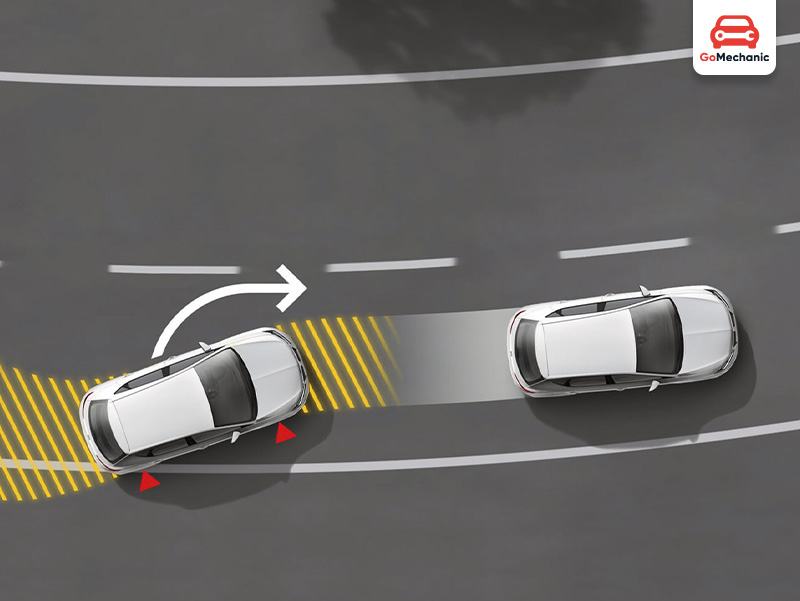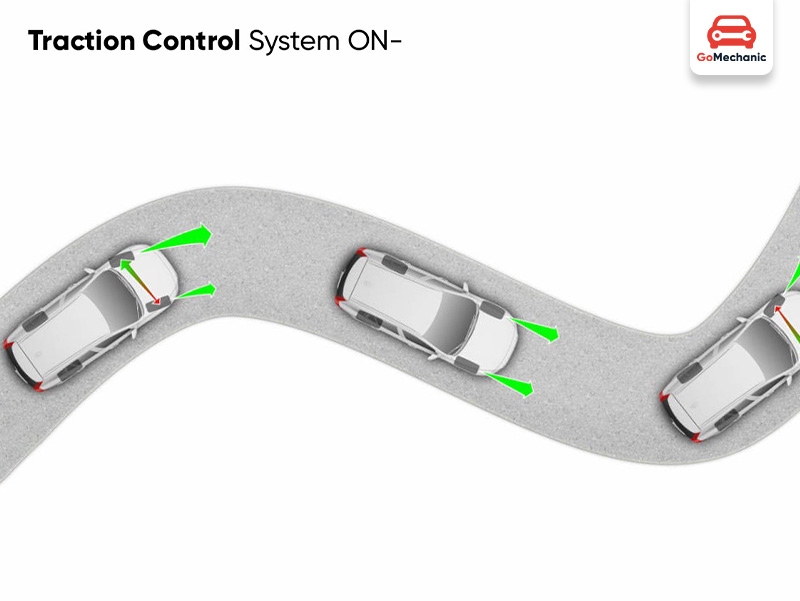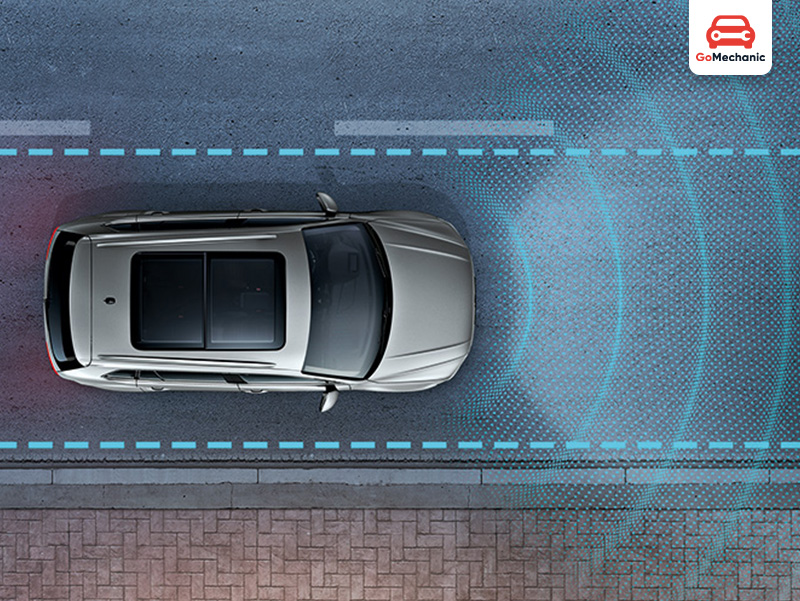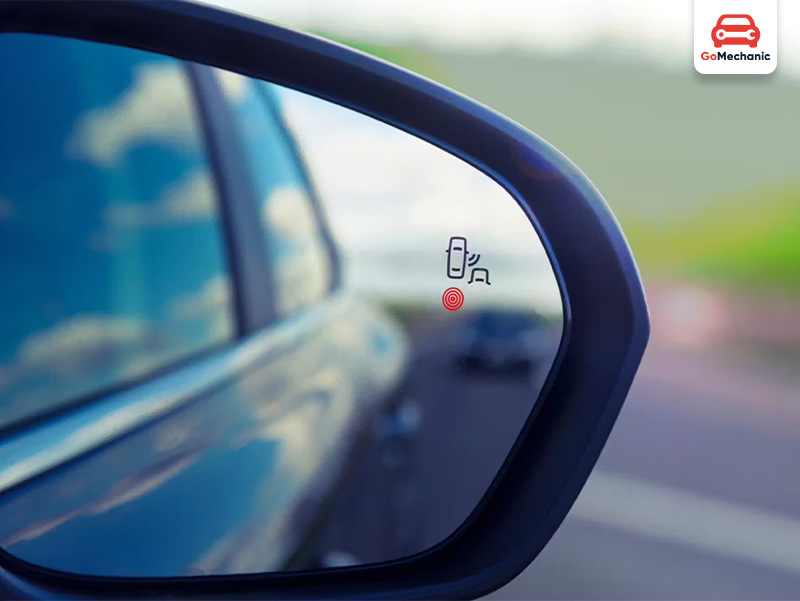Anti-Lock Braking System (ABS)

ABS means Anti lock Braking System. It is a system that enables the wheels of a vehicle to effectively avoid locking up during braking. This is very effective on slippery road conditions. It also works in rainy and snowy environments, or on an icy road.
Sensors fitted to ABS, monitor the speed of each wheel. In the event that a particular wheel starts to lock up, this is promptly detected by the electronic control unit. This unit temporarily releases the braking pressure of the wheel in question with incredible swiftness. In short, it releases the pressure applied to the brake mechanism with unprecedented rapidity to hold traction without skidding.
ABS allows you to keep steering control by preventing wheel lock-up under hard braking. It allows room for appropriate braking that will avoid any accident that may be caused by skidding. On slippery surfaces, ABS normally helps reduce stopping lengths under most situations.
Electronic Stability Control (ESC)

ESC(Electronic Stability Control) is a safety feature found in modern vehicles. It enables the driver to maintain control over his vehicle in case of sudden maneuvers. It is also very effective on slippery surfaces. Other similar terms used to refer to ESC are Electronic Stability Program or ESP, and Vehicle Stability Control or VSC.
Many sensors are at work in the ESC systems including but not limited to the steering angle sensor, yaw rate sensor, wheel speed sensor, and lateral acceleration sensor. ECU is a computer inside the car, and it constantly monitors the behavior of the vehicle while comparing this with the inputs from the driver. If, for instance, the ECU decides that a vehicle is starting to lose control through understeer or oversteer, it may fire individual brakes or reduce engine power. The intent of this would be to help the driver regain vehicle control.
ESC has been seen to prevent incidents like skidding, fish tailing and all other loss of control situations. As ESC operates on increasing the stability of the car, accidents are reduced. Even if a collision occurs, it helps in saving both occupants and pedestrians.
Traction Control System (TCS)

One of the advanced safety inclusions inside a modern car is the Traction Control System or TCS. Wheel spinning on slippery surfaces is minimized by the Traction Control System. Some other names given to it include Traction Control and Anti-Slip Control.
In a typical TCS system, there are wheel speed sensors attached to each wheel that monitor the speed. The electronic unit would, consequently, initiate an action reducing the engine power or applying the brake at any time when a specific wheel spins faster relative to other wheels as a result of wheelspin. Such an action leads to regaining traction and hence renders the vehicle less likely to lose control.
TCS facilitates improved acceleration on slippery roads. This system prevents wheelspin by allowing the tire to keep a firm contact with the ground. More wheelspin is actually pretty bad for tires as well. TCS helps minimize this because it just doesn’t allow over slippage of wheels.
Lane Departure Warning (LDW)

LDW is an ongoing safety feature in modern vehicles that alerts the driver if a vehicle drifts out of its lane. All LDW systems use a camera typically mounted behind the windshield to monitor road markings. This camera checks the position of the vehicle in relation to road markings.
If the system detects that the vehicle is moving into a marked area without the driver’s input, an alert will be issued. A beep or other audible sound is made to alert the driver. A symbol or message is displayed on the instrument panel or horizontal display. And the steering wheel vibrates as well to warn the driver.
LDW helps prevent accidents by providing alerts that alert the driver when departure to another lane is likely. LDW alerts drivers if their attention may be wavering, thus helping to reduce driver fatigue.
Blind Spot Monitoring (BSM)

A major type of safety features in new cars that improves the driver’s capability to identify other vehicles within their blind spots include Blind Spot Monitoring or BSM.
The system commonly uses several sensors mounted at each side mirror or on the rear fenders of the vehicle. Sensors scan behind and to each side of the vehicle. If the system recognizes a vehicle in a blind spot, then it will trigger an alert. A small light or icon will light up either on the side mirror or on the instrument panel. There is a beep or any other sound that may be produced.
It minimizes accidents as it informs the driver about the presence of any other vehicle coming from the blind spot area. Driving becomes more stress free as the driver is saved from constantly looking for vehicles that may appear from the blind spot in a sudden manner. The driver will develop better awareness of the surroundings through the assistance of BSM.





